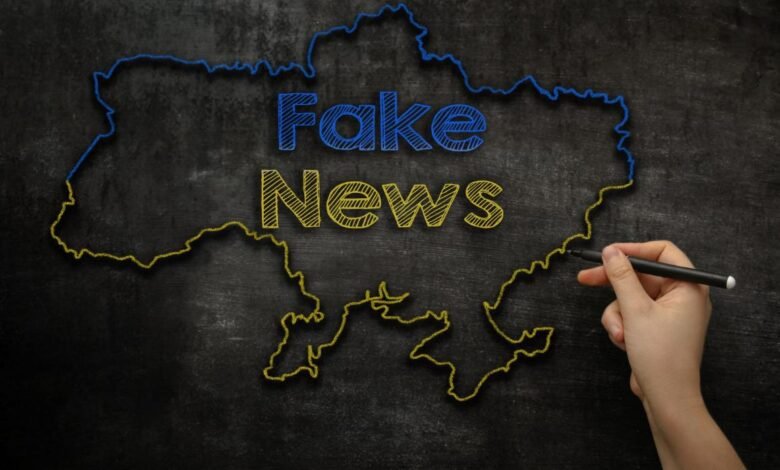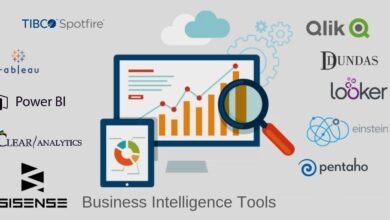Science vs. Pseudoscience: How to Spot Fake News and Misinformation

As technology continues to advance and information is readily available at our fingertips, it has become increasingly difficult to differentiate between science and pseudoscience. The rise of fake news and misinformation has led to confusion, distrust, and even dangerous consequences. It is essential to know how to spot and avoid pseudoscience to make informed decisions about our health, environment, and overall well-being. In this article, we will explore the differences between science and pseudoscience, how to recognize fake news and misinformation, and practical tips to help you become a critical thinker.
What is Science?
Science is a systematic approach to understanding the natural world. It involves testing hypotheses through observation, experimentation, and analysis of data. Scientific theories are backed by empirical evidence, which is gathered through objective methods and analyzed using statistical techniques. Scientists are open to criticism and continually revise their theories based on new evidence. The scientific process involves peer review, where scientific work is evaluated by other experts in the field to ensure accuracy and reliability.
What is Pseudoscience?

Pseudoscience, on the other hand, refers to any claim or practice that is presented as scientific but lacks empirical evidence to support it. Pseudoscientific theories are often based on anecdotes, personal experience, or unverified claims. They are not subjected to rigorous testing, and the results are not published in reputable scientific journals. Pseudoscientific claims often involve appeals to emotion or authority and are used to promote products, services, or beliefs. Examples of pseudoscience include astrology, homeopathy, and creationism.
How to Recognize Fake News and Misinformation?
Fake news and misinformation are intentionally designed to mislead and manipulate people. They can come in the form of sensational headlines, clickbait articles, or propaganda. Fake news and misinformation often play on people’s emotions, beliefs, and fears to spread false information. The following are some tips to help you recognize and avoid fake news and misinformation:
- Check the source: Verify the source of the information to ensure it is credible and reliable. Look for reputable news outlets, scientific journals, and government agencies.
- Fact-check: Verify the facts and claims made in the article. Check if the information is consistent with other sources, and look for evidence to support the claims.
- Beware of sensational headlines: Headlines are designed to grab attention and often misrepresent the content of the article.
- Watch for bias: Be aware of the author’s bias and agenda. Look for balanced and objective reporting.
- Look for expertise: Look for authors who have expertise in the subject matter. Check their credentials and qualifications.
- Check the date: Check the date of the article to ensure it is current and relevant.
- Avoid sharing without verification: Do not share articles without verifying the information first. Sharing misinformation can contribute to its spread.
Practical Tips to Help You Become a Critical Thinker
Becoming a critical thinker involves developing skills to evaluate information, analyze arguments, and make informed decisions. The following are some practical tips to help you become a critical thinker:
- Ask questions: Ask questions to clarify information and understand different perspectives.
- Evaluate evidence: Evaluate evidence to determine its quality, relevance, and reliability.
- Consider multiple sources: Consider multiple sources to get a broader perspective and avoid bias.
- Use logic and reason: Use logic and reason to analyze arguments and identify flaws in reasoning.
- Be open-minded: Be open-minded and willing to revise your beliefs based on new evidence.
- Avoid logical fallacies: Avoid logical fallacies, such as ad hominem attacks or appeals to authority, which are used to manipulate people.
- Seek out diverse opinions: Seek out diverse opinions to challenge your own beliefs and expand your understanding.
Read More:Science Fiction Becomes Reality: The Latest Breakthroughs in Technology and Innovation
Conclusion
understanding the differences between science and pseudoscience, as well as how to recognize fake news and misinformation, is crucial in today’s information age. By applying the practical tips outlined in this article, you can become a critical thinker and make informed decisions based on reliable evidence.
It is essential to fact-check information, evaluate sources, and avoid sensational headlines that aim to mislead and manipulate. Becoming a critical thinker involves being open-minded, seeking out diverse opinions, and being willing to revise your beliefs based on new evidence.
As we navigate an ever-changing world, it is essential to be able to differentiate between fact and fiction. By applying the principles of scientific inquiry and critical thinking, we can make informed decisions that benefit our health, environment, and overall well-being.












One Comment